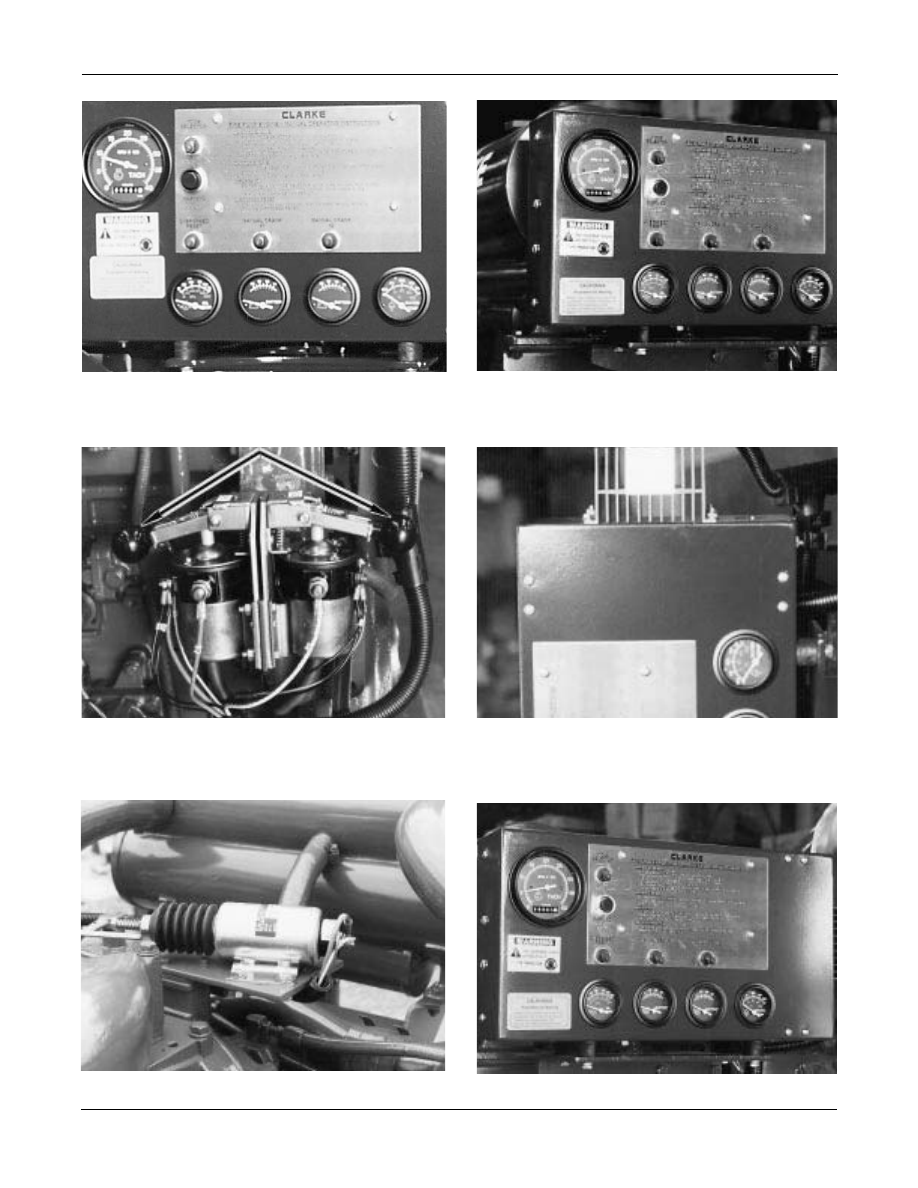DDFP SERIES ENGINES FOR FIRE PUMP APPLICATIONS MP-4. Manual - part 10

DDFP
SECTION 3.5
Page 32
Fig. 2 - Emergency Operating Instructions
Fig. 3 - Automatic - Manual Mode Selector
Fig. 7 - Instrument Panel
Fig. 4 - Manual Contactors
Fig. 5 - DC Junction Box
Fig. 6 - Governor Solenoid
➞
➞
➞
➞
➞
➞